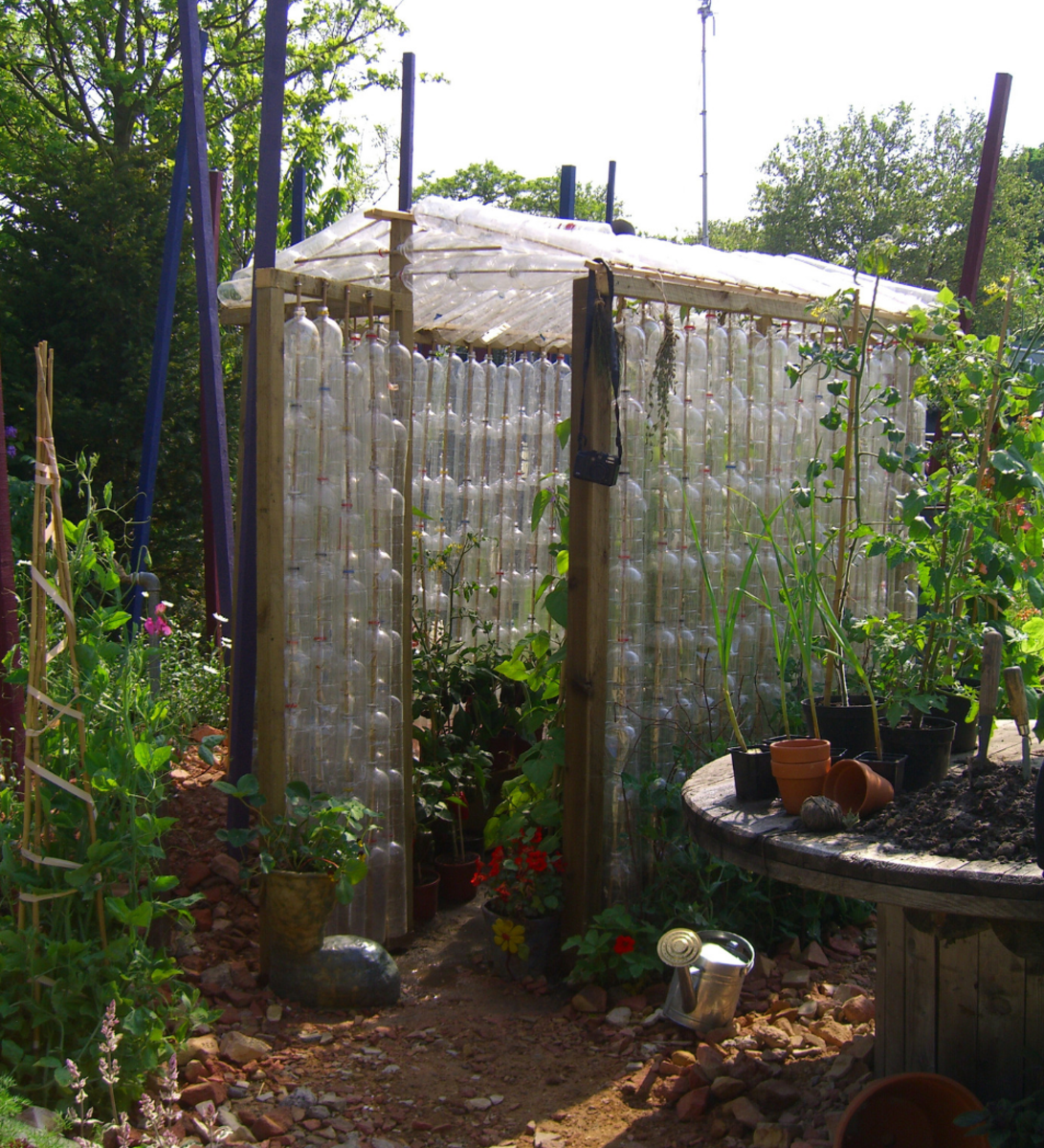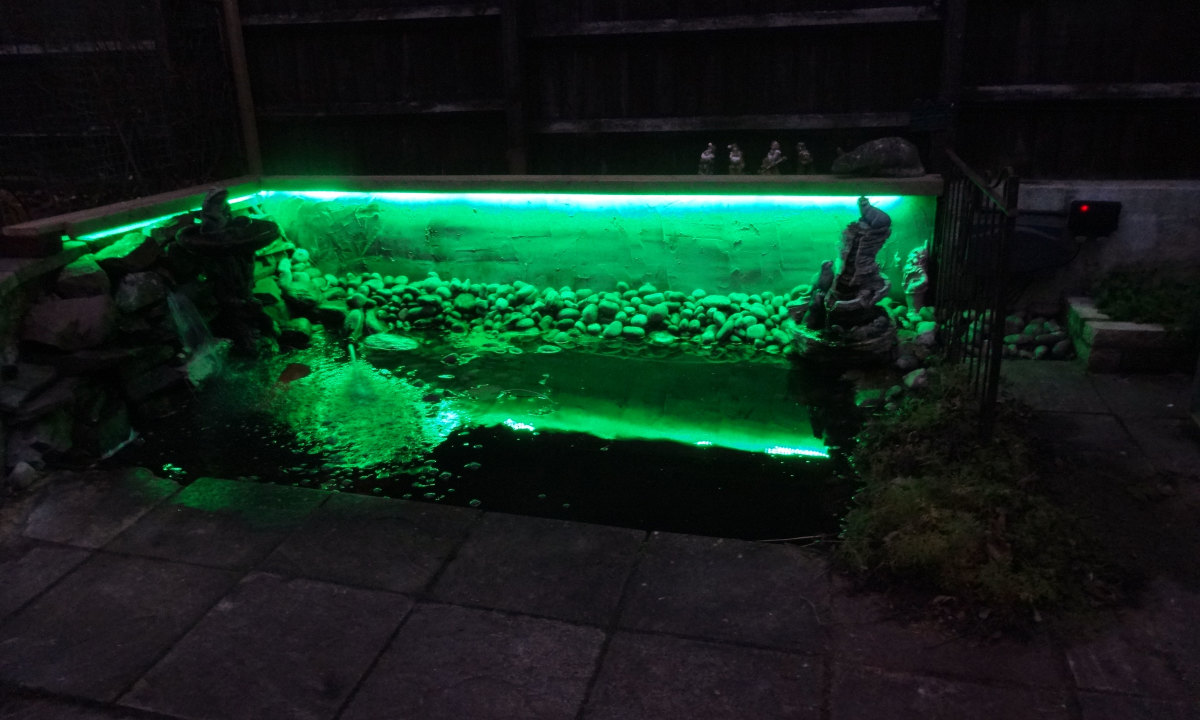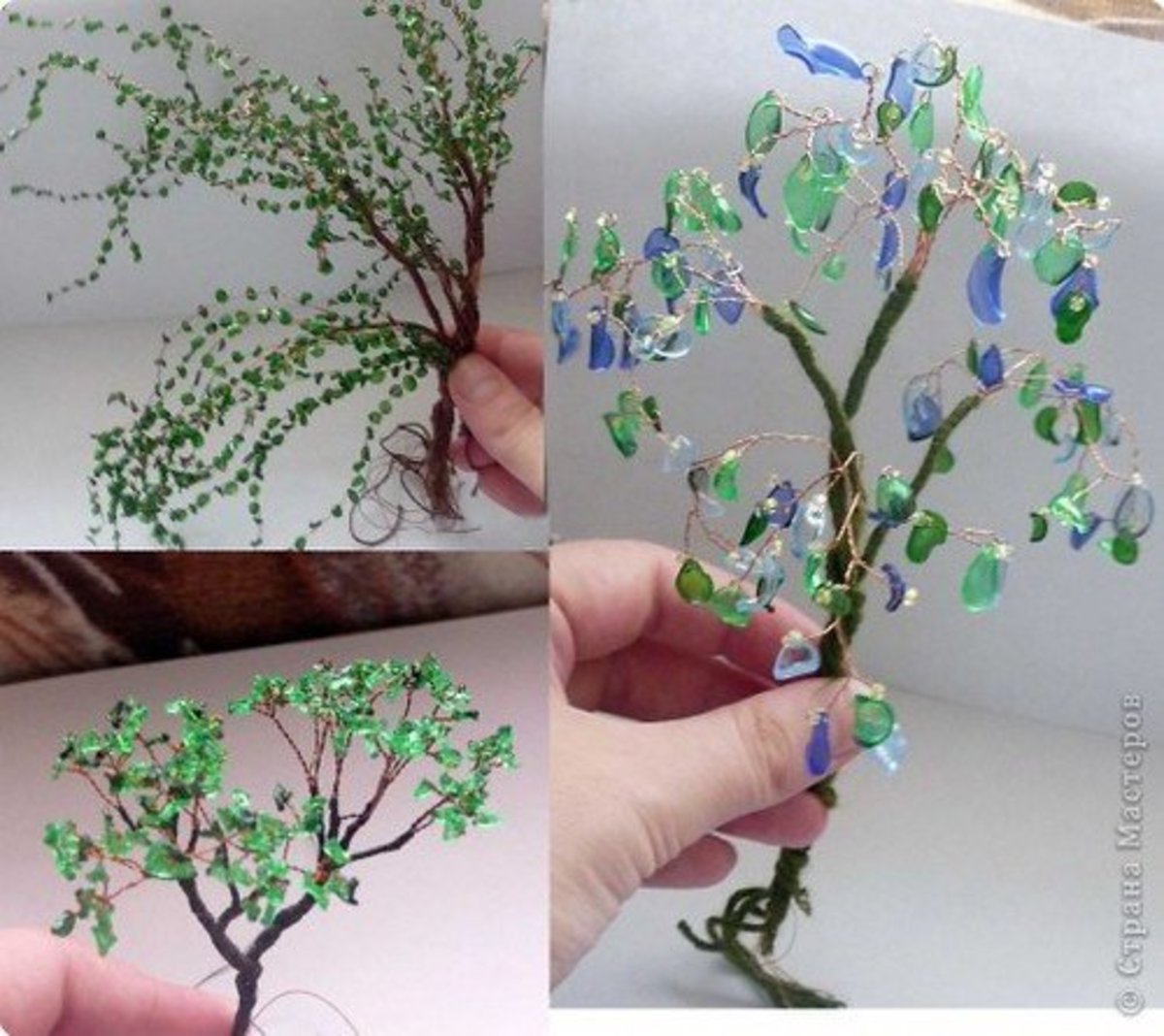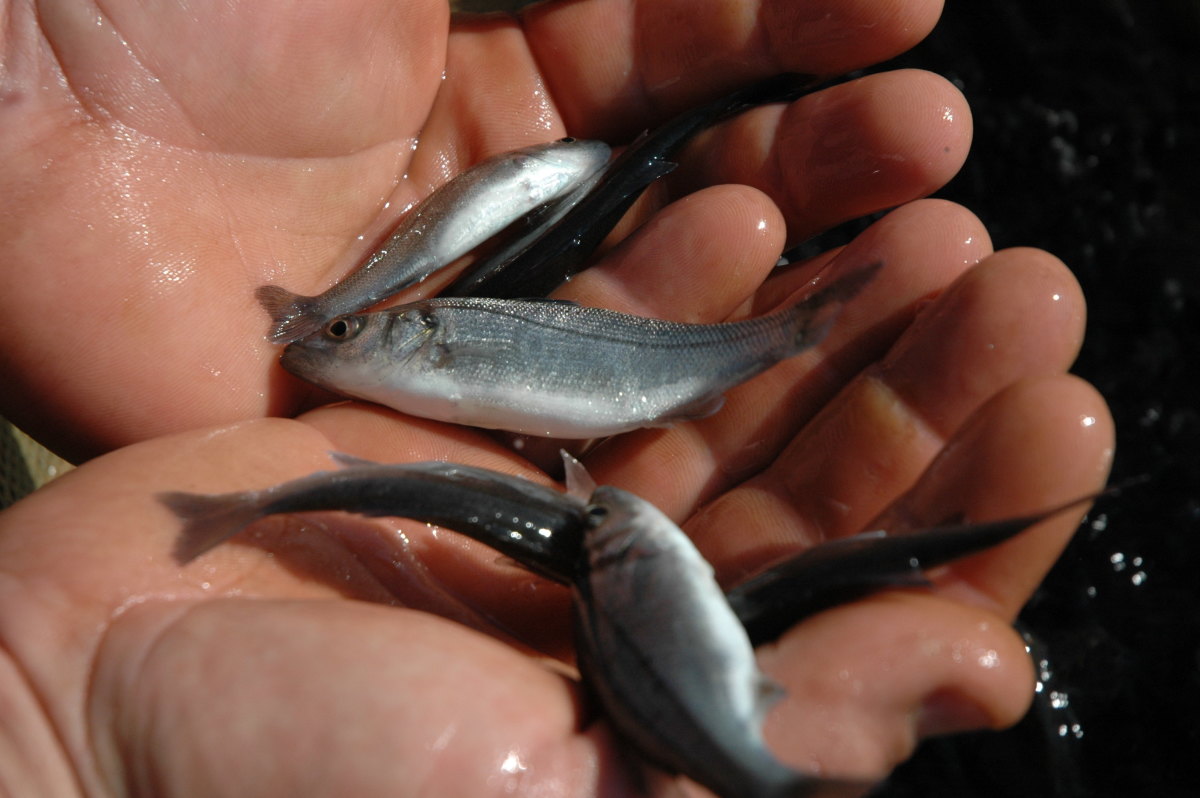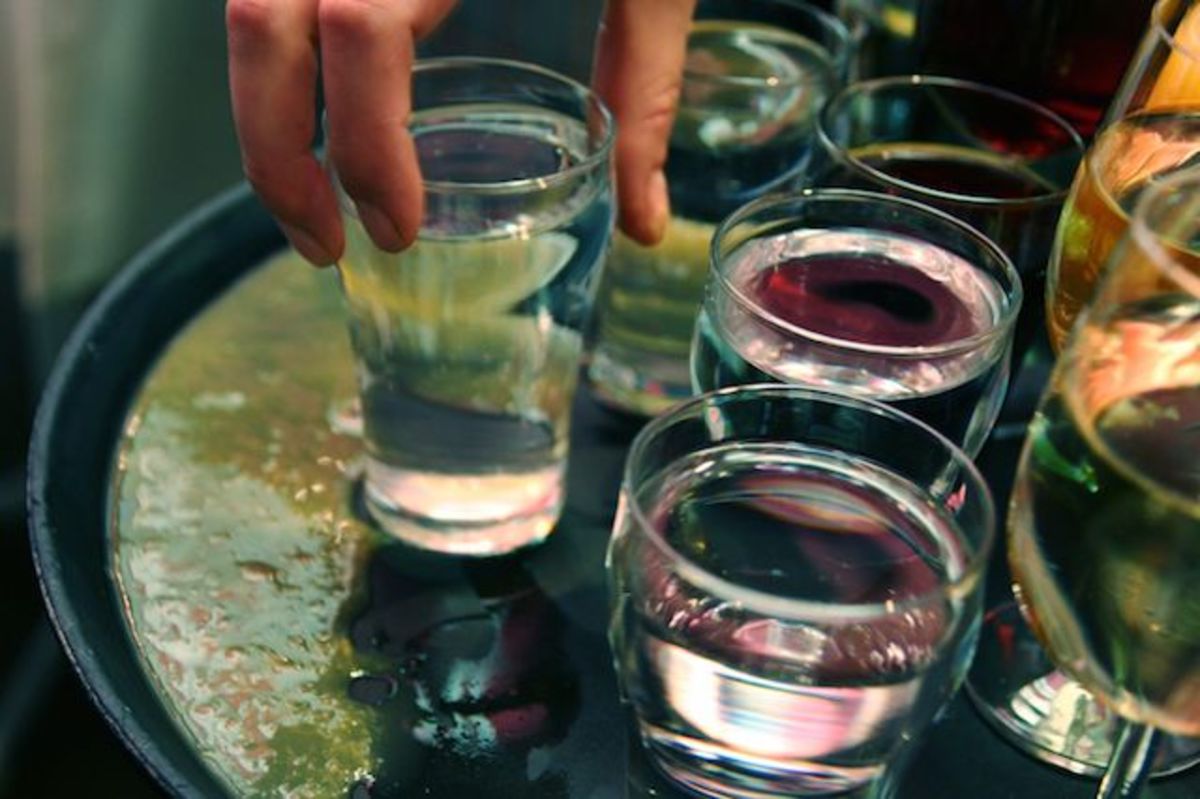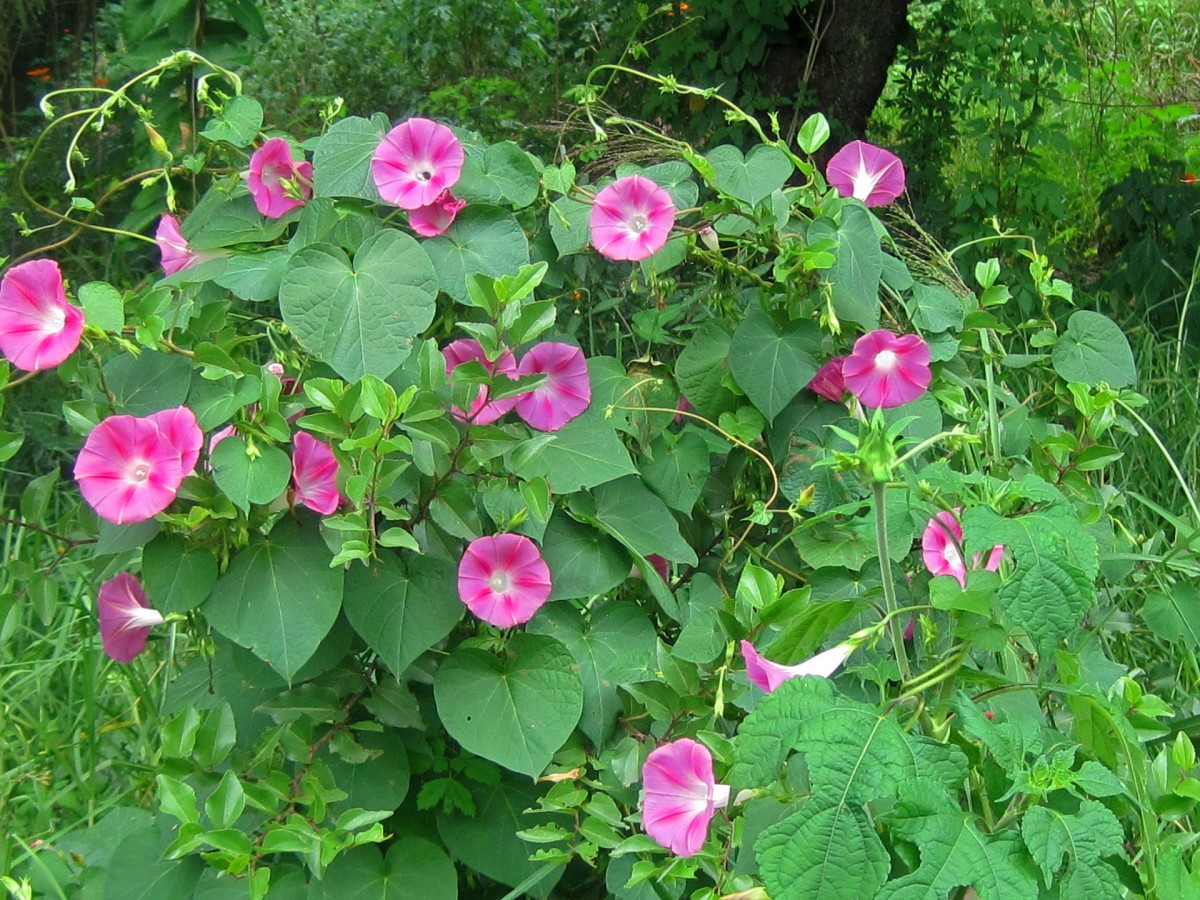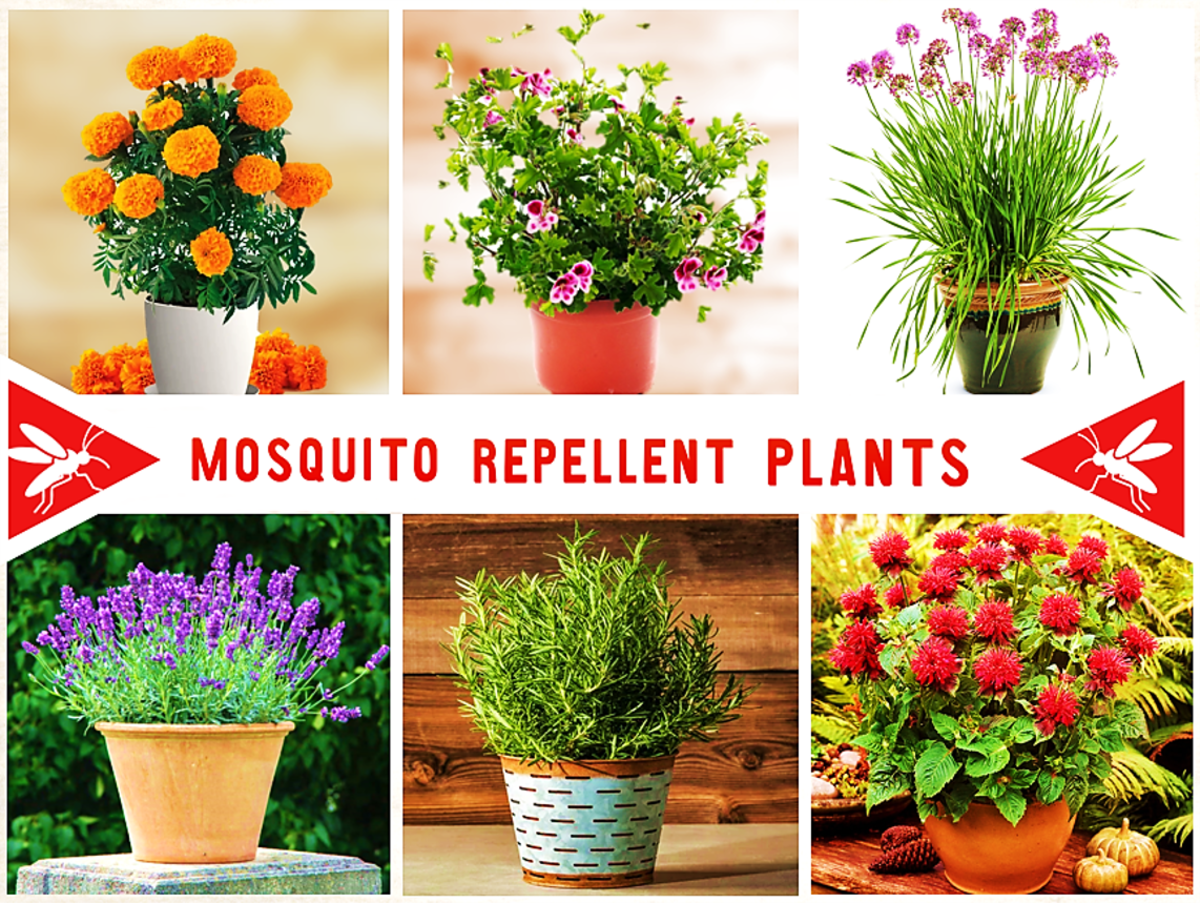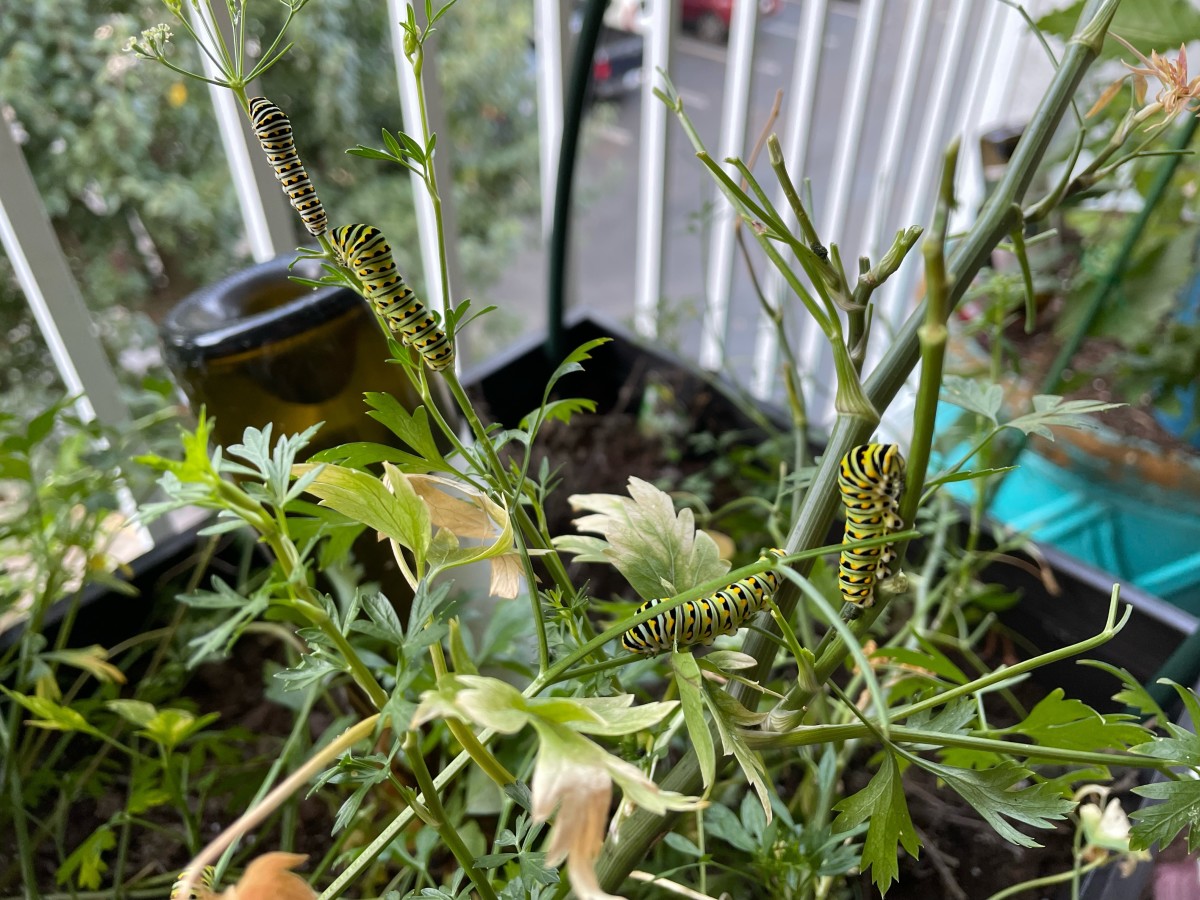Fun Ways to Go Green at the Local Level
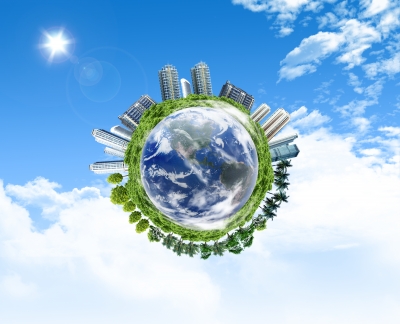
Whether you adopt a green living style of life because you feel it is your duty to be a good steward of the Earth, or you feel like everyone you know is going green and you want to join them in the sustainable lifestyle movement, the process doesn't have to be grim.
There are lots of fun ways to go green at the local level that will pay huge dividends to you, to your family and friends, and even to your community.
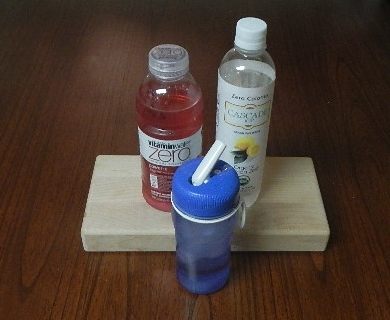
1. Drink Tap Water and Ditch Your Plastic Bottles
If you drink bottled water rather than tap water, is it because you believe it's healthier or because you prefer the taste of bottled water? Have you ever thought about what happens to all those plastic bottles when they are empty?
According to an industry expert, R.W. Beck, Inc., almost none of those bottles get recycled (just 12% in 2003), which translates to 40 million bottles a day being trashed or discarded as litter.
Talk about a growing mountain of plastic trash! For your first fun go green project, evaluate whether you want to continue buying and consuming bottled water or make a switch to tap water. This is an interesting project for the whole family to participate in, and it is a good way to train your children to be informed consumers.
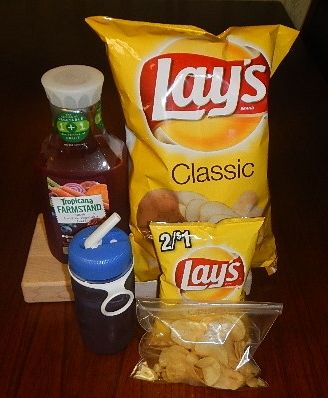
2. Purge Your Pantry
Before you panic, the idea here is not to throw away all your foodstuff and go totally organic.
However, as you work through a green audit of your pantry, you may decide to replace some products you currently buy with an organic counterpart.
Identify the Problem
The goal is to identify items you currently purchase that are marketed in excessive packaging, and then to find viable alternatives.
Cereals and pre-packaged, pre-portioned foods and snacks are some of the big offenders in this category for our family.
You can do this however you please, but at our house, we just pulled everything out of the pantry and put it on the kitchen table. We looked at each item and grouped them by:
- Items packaged in recycled packaging materials
- Minimally packaged products
- Over-packaged items
- Packages wrapped in layers of plastic
Buy in Bulk and Make Your Own Pre-portioned Foods
Next, we made a list of the items we could purchase in bulk to reduce over-paying for packaging materials and generating unwanted trash. We found buying cereal in bulk cuts down on trash and saves money as well, and so does purchasing family-size packages of snack items to make our own pre-packaged snacks.
Instead of using plastic storage bags for foods consumed at home, we opted for reusable, resealable storage containers we can wash and refill. We are still looking for a viable option to plastic bags for packing brown bag lunches, but we do wash, dry and reuse the plastic storage bags.
Finally, we stopped buying juice boxes - did you know these are not recyclable - and bought large bottles of juice, which can be poured into reusable drinking containers. While this option worked for us, your family make come up with some other ideas as well.
Going Green Locally in Roanoke Virginia
Roanoke's premier farm-to-table eatery - Local Roots
3. Go Green In Your Community
Once you start looking for ways to go green in your community, you'll probably be amazed by all the available choices since being environmentally conscious is a growing moment. Here's an easy-to-implement idea to get you started:
Become a Locavore
Whenever possible, support dairy farmers and other businesses such as farmers or restaurants that serve local produce, meat and dairy products.
Buy as many of these products in your local community as you can at farmers markets or city markets.
Are there any "you pick" operations locally? Picking berries or other fruits or harvesting vegetables straight from the garden is a good way to teach kids where food really comes from, and as a bonus, it's good exercise that gets kids away from a television or computer screen.
Patronize local "farm-to-table" restaurants like Local Roots in Roanoke, Virginia. Their motto is "Everything we serve is: Sustainable, Organic, Local and Ethical." In addition to being a good green choice, the food is sublime!
If your community offers a Community Supported Agriculture (CSA) program, join it. Your family and the planet will be healthier as a result. In addition to supporting your local businesses, you'll be lowering your community's carbon footprint by buying food that doesn't have to be transported over long distances.
If some or all of these projects sound a little too uncomfortable for your taste, don't worry. As you continue to make greener choices in the way you live, you'll reach a point where you would like to try some new ideas. The more small steps you take toward a sustainable lifestyle, the easier the process becomes.
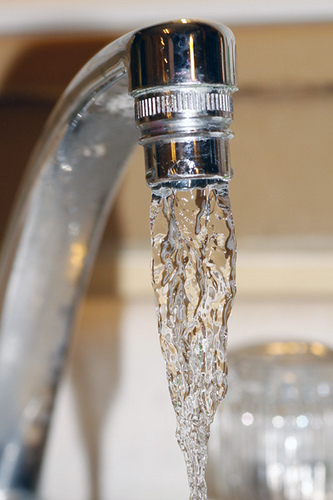
How's Your Water Quality?
Many consumers cite their concern about the quality of their public water supply as their reason for drinking bottled water. While it takes a little legwork, it's fairly easy to find out what the water quality is in your local area. Here's the steps:
- According to the EPA, consumers can contact their public water supplier and ask for a report called the annual consumer confidence report. Alternatively, you can use the EPA's interactive map to see if your state posts their annual water quality report online. Whichever way is best for you, obtain a copy of that report so you can see how the water quality in your area lines up with EPA guidelines.
- Next, contact the manufacturer of the bottled water you drink, and request a copy of their latest testing results.
- Once you have both reports, simply compare them with the Environmental Protection Agency's (EPA) water quality standards to judge which water source is healthier and safer for your family. Hold on to those results and move on to part two: taste tests.
Is It Tap Water or Bottled Water?
Taste Testing: Do a blindfolded taste test with unmarked samples of your tap water and your favorite brand of bottled water.
Let each family member cast a vote for the water of their choice. Using the facts you've collected, make a decision about the best choice for health, for flavor and for protecting the environment.
Go Green With Your Water Supply
Your family may decide to continue drinking bottled water, and that's okay. You can still go green and help the environment by recycling the plastic bottles.
If your community does not provide curbside recycling, find out where and how to dispose of them properly so they don't end up being added to the millions of other discarded bottles cluttering our landfills and trash dumps.
If you decide to use tap water but are concerned about quality or taste issues, consider installing a water filter or using a container with a built-in water filter to treat the tap water before drinking it.
Buy an environmentally friendly water bottle for each family member, and fill it up straight from the tap. In addition to helping save the planet, you'll put a significant amount of green back into your family's grocery budget.
Are You Already Doing These Things?
As a quick review, you may already do some or all of the following:
- Replace incandescent light bulbs with environmentally friendly choices such as LEDs (light-emitting diodes) or CFLs (compact fluorescent light bulbs).
- Recycle used electronics such as stereos, cell phones or televisions.
- Buy organic or local grown foods, Energy Star efficient appliances, and maybe even electric powered vehicles.
- Convert your home to solar or other alternative energy sources.
- Recycle, reuse or repurpose unwanted or outgrown items.
- Compost food waste.
- Make your own non-toxic cosmetics, cleansers, pesticides and so on.
- Change your driving habits to save money on gas and get more miles to the gallon.
How Green Is Your Lifestyle?
Which of these going green ideas have you tried or would consider trying?
Resources
Undisclosed author, "Water Health Series: Bottled Water Basics," United States Environmental Protection Agency
Llanos, Miguel, "Plastic bottles pile up as mountains of waste," NBCNews.com

